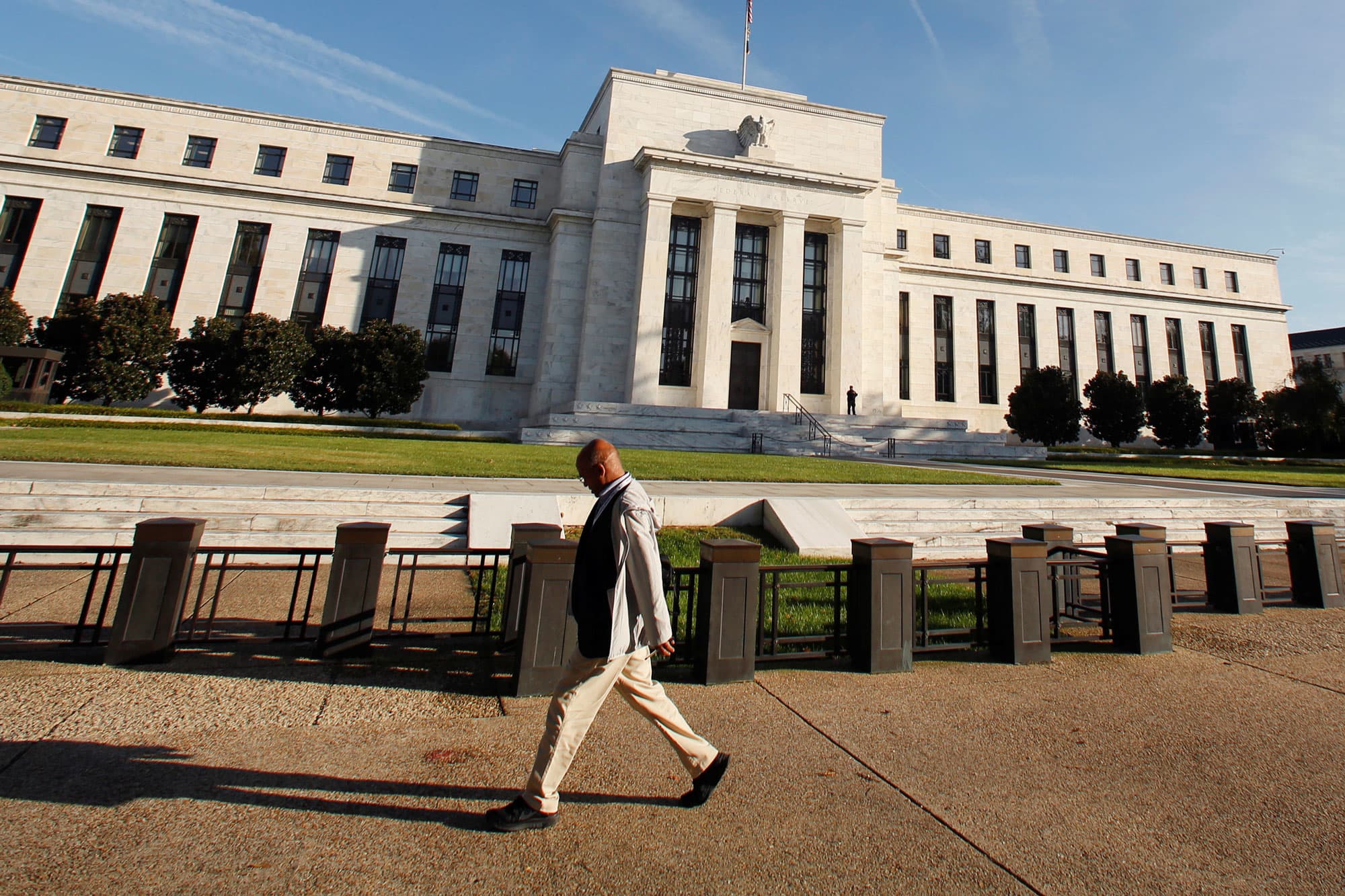
The Federal Reserve on Wednesday said it will start tapering bond purchases later this month. The process will involve a $15 billion monthly reduction from the current $120 billion a month the Fed is currently buying.
Fed Chairman Jerome Powell explained the decision after the meeting.
“Today, the FOMC kept interest rates near zero and in light of the progress the economy has made toward our goals decided to begin reducing the pace of asset purchases. With these actions, monetary policy will continue to provide strong support to the economic recovery.”
Michael Kushma, chief investment officer of global fixed income at Morgan Stanley Investment Management, says markets should get greater direction from the Fed at the next meeting.
“I think the comments so far have been spot on. … Tapering needs to get done. The hawks on the FOMC have been correct in asking and thinking about wanting a faster taper — they got a faster taper. They pre-announced December. Get it over with, get it done, give us flexibility to do something, but they’re not talking about rate hikes either. That is to be discussed in December. They’ll have a new dot plot and new forecasts in December. That’s when we should see more clarity about what they think about the path of rates going forward.”
Liz Young, head of investment strategy at SoFi, expects the Fed to be patient in figuring out when to raise rates.
“Well, I don’t think anybody expected rates to move today too much. But I think the important part here to remember is that the market really got a lot more hawkish in the last couple of weeks. I think the market got ahead of itself, and expecting a June hike is really aggressive. I would be really surprised if that actually happened. So maybe now kind of paring that back. Moving that expectation forward into, I would say, probably September is more likely for the first hike, mostly because they want to leave space between tapering and tightening — not just because they keep saying that but because they want to see if tapering controls some of the inflationary pressures in the market enough and then they don’t have to be in a rush to hike rates.”
David Kelly, chief global strategist at JPMorgan Asset Management, says the Fed has the task of determining how transitory some of the prices pressure will be.
“I do think it’s a little bit hawkish, because they could always have said, ‘Look, we’re going to start the tapering in December,’ but they wanted to rush in an extra sort of $15 billion of tapering by putting half of November in as a tapering month. That means they’re down to zero by June or by the end of June. But I don’t expect a rate hike in July or in September. What I think they’re trying to do is draw a space between when they’re done with tapering and when they start tightening, because they’ve always tried to say these are two distinct things. The other thing is, remember, all supply chain issues which are pushing prices up now will end up pushing prices down two years out and maybe even one year out. So they’re not going to be looking at skyrocketing inflation in terms of the headline numbers. And I think by next summer, they’re still going to be trying to figure out how much of this is permanent, how much of it is transitory now that some of the supply chain issues have cleared up. So I think this means that they’re going to wait until the last meeting of 2022 just like they did in the last decade, they waited until the last meeting of the year to actually put in rate hikes.”
Robert Heller, former Fed governor, says the central bank needs to act sooner rather than later.
“I think the Federal Reserve is behind the curve. They are starting to reduce the taper a little bit. There shouldn’t be any purchase of mortgage-backed securities in this booming housing market. And the U.S. government doesn’t need any support really either. … I would reduce the asset purchases very quickly within two months or something like that, have it down to zero. And the policy rate I would start to lift right at the beginning of the year to get it back to a normal policy stance that is no longer further stimulating the economy.”




